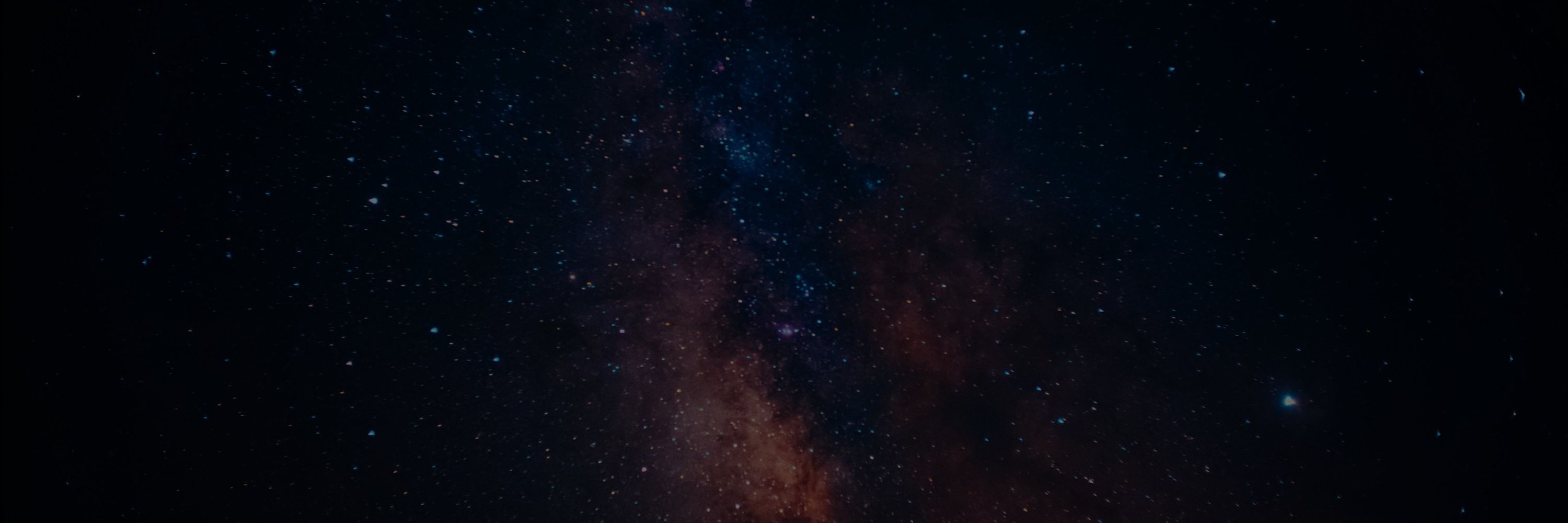
Prev. PhD @Brown, @Google, @GoPro. Crêpe lover.
📍 Boston | 🔗 thomasfel.me
Huge thanks to all collaborators who made this work possible — and especially to @binxuwang.bsky.social , with whom this project was built, experiment after experiment.
🎮 kempnerinstitute.github.io/dinovision/
📄 arxiv.org/pdf/2510.08638

Huge thanks to all collaborators who made this work possible — and especially to @binxuwang.bsky.social , with whom this project was built, experiment after experiment.
🎮 kempnerinstitute.github.io/dinovision/
📄 arxiv.org/pdf/2510.08638
(i) Concepts = points (or regions), not directions
(ii) Probing is bounded: toward archetypes, not vectors
(iii) Can't recover generating hulls from sum: we should look deeper than just a single-layer activations to recover the true latents

(i) Concepts = points (or regions), not directions
(ii) Probing is bounded: toward archetypes, not vectors
(iii) Can't recover generating hulls from sum: we should look deeper than just a single-layer activations to recover the true latents
Activations = multiple convex hulls simultaneously: a rabbit among animals, brown among colors, fluffy among textures.
The Minkowski Representation Hypothesis.

Activations = multiple convex hulls simultaneously: a rabbit among animals, brown among colors, fluffy among textures.
The Minkowski Representation Hypothesis.

We found that pos. information collapses: from high-rank to a near 2-dim sheet. Early layers encode precise location; later ones retain abstract axes.
This compression frees dimensions for features, and *position doesn't explain PCA map smoothness*

We found that pos. information collapses: from high-rank to a near 2-dim sheet. Early layers encode precise location; later ones retain abstract axes.
This compression frees dimensions for features, and *position doesn't explain PCA map smoothness*
This may suggests interpolative geometry: tokens as mixtures between landmarks, shaped by clustering and spreading forces in the training objectives.

This may suggests interpolative geometry: tokens as mixtures between landmarks, shaped by clustering and spreading forces in the training objectives.
Also, co-activation statistics only moderately shape geometry: concepts that fire together aren't necessarily nearby—nor orthogonal when they don't.

Also, co-activation statistics only moderately shape geometry: concepts that fire together aren't necessarily nearby—nor orthogonal when they don't.
Instead, training drives atoms from near-Grassmannian initialization to higher coherence.
Several concepts fire almost always the embedding is partly dense (!), contradicting pure sparse coding.

Instead, training drives atoms from near-Grassmannian initialization to higher coherence.
Several concepts fire almost always the embedding is partly dense (!), contradicting pure sparse coding.
Tomorrow, Part II: geometry of concepts and Minkowski Representation Hypothesis.
🕹️ kempnerinstitute.github.io/dinovision
📄 arxiv.org/pdf/2510.08638

Tomorrow, Part II: geometry of concepts and Minkowski Representation Hypothesis.
🕹️ kempnerinstitute.github.io/dinovision
📄 arxiv.org/pdf/2510.08638
DINO seems to use them to encode global invariants: we find concepts (directions) that fire exclusively (!) on registers.
Example of such concepts include motion blur detector and style (game screenshots, drawings, paintings, warped images...)

DINO seems to use them to encode global invariants: we find concepts (directions) that fire exclusively (!) on registers.
Example of such concepts include motion blur detector and style (game screenshots, drawings, paintings, warped images...)
It turns out it has discovered several human-like monocular depth cues: texture gradients resembling blurring or bokeh, shadow detectors, and projective cues.
Most units mix cues, but a few remain remarkably pure.

It turns out it has discovered several human-like monocular depth cues: texture gradients resembling blurring or bokeh, shadow detectors, and projective cues.
Most units mix cues, but a few remain remarkably pure.

For every class, we find two concepts: one fires on the object (e.g., "rabbit"), and another fires everywhere *except* the object -- but only when it's present!
We call them Elsewhere Concepts (credit: @davidbau.bsky.social).

For every class, we find two concepts: one fires on the object (e.g., "rabbit"), and another fires everywhere *except* the object -- but only when it's present!
We call them Elsewhere Concepts (credit: @davidbau.bsky.social).
Archetypal SAE uncovered 32k concepts.
Our first observation: different tasks recruit distinct regions of this conceptual space.

Archetypal SAE uncovered 32k concepts.
Our first observation: different tasks recruit distinct regions of this conceptual space.

